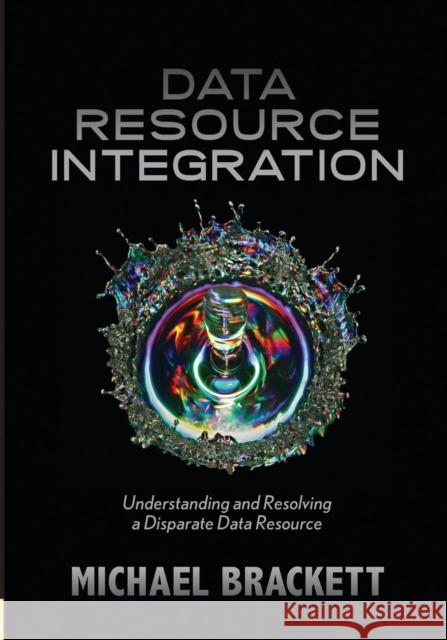Data Resource Integration: Understanding and Resolving a Disparate Data Resource » książka
Data Resource Integration: Understanding and Resolving a Disparate Data Resource
ISBN-13: 9781935504238 / Angielski / Miękka / 2012 / 580 str.
Are you struggling with a disparate data resource? Are there multiple existences of the same business fact scattered throughout the data resource? Are those multiple existences out of synch with each other? Do you have difficulty finding the data you need to support business activities? Do the data you find have poor quality? If the answer to any of these questions is Yes, then you need this book to guide you toward creating an integrated data resource.Most public and private sector organizations have a disparate data resource that was created over many years. That disparate data resource contains multiple existences of business facts that are out of synch with each other, are of poor quality, and are difficult to locate. The traditional approach to dealing with a disparate data resource is to perform periodic and temporary data integration to support a specific application or business activity. Those piecemeal data integration efforts may meet a current need, but seldom solve the underlying problems with a disparate data resource, and sometimes make the situation worse.Data Resource Integration explains how to go about understanding and resolving a disparate data resource and creating a comparate data resource that fully meets an organization's current and future business information demand. It builds on Data Resource Simplexity, which described how to stop the burgeoning data disparity. It explains the concepts, principles, and techniques for understanding a disparate data resource within the context of a common data architecture, and resolving that disparity with minimum impact on the business.Like Data Resource Simplexity, Michael Brackett draws on five decades of data management experience building and managing data resources, and resolving disparate data resources in both public and private sector organizations. He leverages theories, concepts, principles, and techniques from a wide variety of disciplines, such as human dynamics, mathematics, physics, chemistry, and biology, and applies them to the process of understanding and resolving a disparate data resource. He shows you how to approach and resolve a disparate data resource, and build a comparate data resource that fully supports the business.
Are you struggling with a disparate data resource? Are there multiple existences of the same business fact scattered throughout the data resource? Are those multiple existences out of synch with each other? Do you have difficulty finding the data you need to support business activities? Do the data you find have poor quality? If the answer to any of these questions is Yes, then you need this book to guide you toward creating an integrated data resource.Most public and private sector organizations have a disparate data resource that was created over many years. That disparate data resource contains multiple existences of business facts that are out of synch with each other, are of poor quality, and are difficult to locate. The traditional approach to dealing with a disparate data resource is to perform periodic and temporary data integration to support a specific application or business activity. Those piecemeal data integration efforts may meet a current need, but seldom solve the underlying problems with a disparate data resource, and sometimes make the situation worse.Data Resource Integration explains how to go about understanding and resolving a disparate data resource and creating a comparate data resource that fully meets an organization’s current and future business information demand. It builds on Data Resource Simplexity, which described how to stop the burgeoning data disparity. It explains the concepts, principles, and techniques for understanding a disparate data resource within the context of a common data architecture, and resolving that disparity with minimum impact on the business.Like Data Resource Simplexity, Michael Brackett draws on five decades of data management experience building and managing data resources, and resolving disparate data resources in both public and private sector organizations. He leverages theories, concepts, principles, and techniques from a wide variety of disciplines, such as human dynamics, mathematics, physics, chemistry, and biology, and applies them to the process of understanding and resolving a disparate data resource. He shows you how to approach and resolve a disparate data resource, and build a comparate data resource that fully supports the business.











